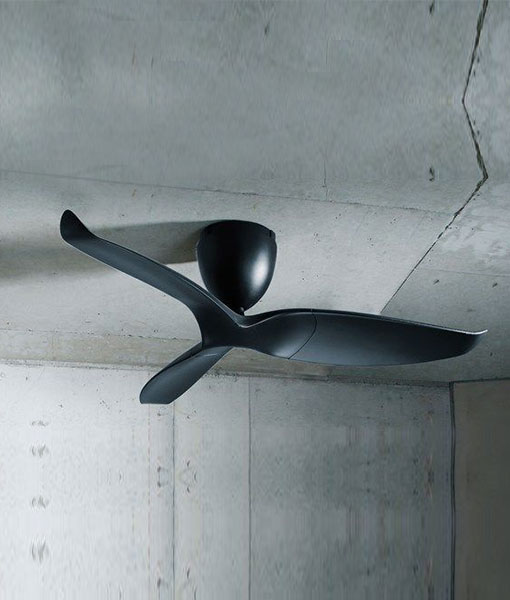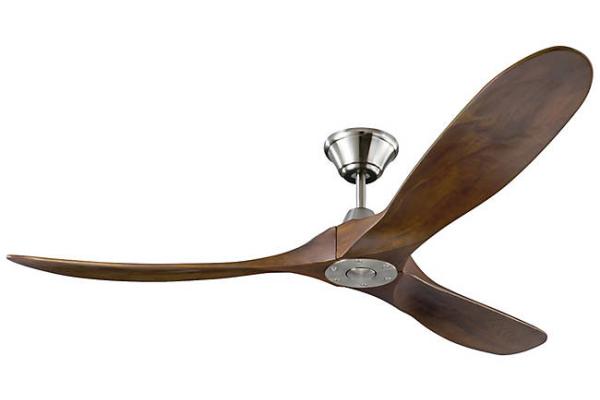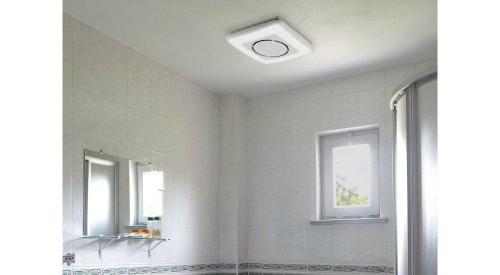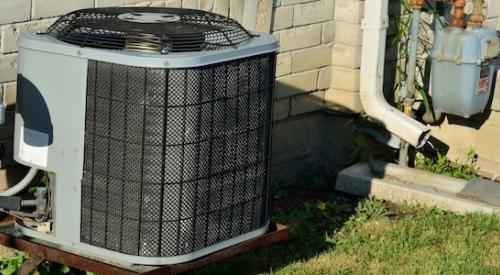Depending on your point of view, you either love ceiling fans or you consider them giant energy wasters. Still, it’s hard to find a home in America that doesn’t have at least one.
Ceiling fans often get a bad wrap for being a waste of energy and money, but the bad report hasn’t dampened enthusiasm for the products among homeowners. It’s not so much that ceiling fans are bad, it’s mostly because they are often used improperly, green building proponents say.
For example, running a ceiling fan when no one is the room is not a smart thing to do. Plus, in some situations, the ceiling fan is actually heating up the house rather than cooling it down. Additionally, green building consultant Carl Seville has written that homeowners are often not using their fans the right way.
“A 1996 study in Florida determined that using ceiling fans appropriately could allow people to raise the temperature inside by 2°F, resulting in about a 14 percent annual cooling energy savings,” he wrote in a blog post. “The same study found that most people do not adjust their thermostats when using ceiling fans, actually increasing their energy use rather than reducing it.”
The feds are on the case. The Energy Department issued new energy conservation standards for ceiling fans on Jan. 19, but the new administration has placed a regulatory moratorium, delaying the rules until March 21.
Naturally, the industry has concerns with the new regulations. They “will likely increase the production costs for ceiling fan manufacturers, resulting in the extra expenses being passed on to consumers,” CeilingFan.com writes on its site. “In addition, these additional ceiling fan energy-efficiency regulations may prevent manufacturers from producing fans that continue to push the limits of creative design and innovation.”
The site says the rulemaking has the potential to impose a requirement for all ceiling fans to transition from AC motors to DC motors. “Although DC motors are more energy efficient and use less wattage on high settings, the cost is four to five times higher compared to AC motors,” the site says. “However, since most people do not run their ceiling fans on a high setting the majority of the time—using either medium or low settings instead—the difference in wattage is insignificant.”
Still, there are already some energy-efficient fans on the market. These six, based on the Energy Star database, can save your buyer money and keep them cool in the process.

















